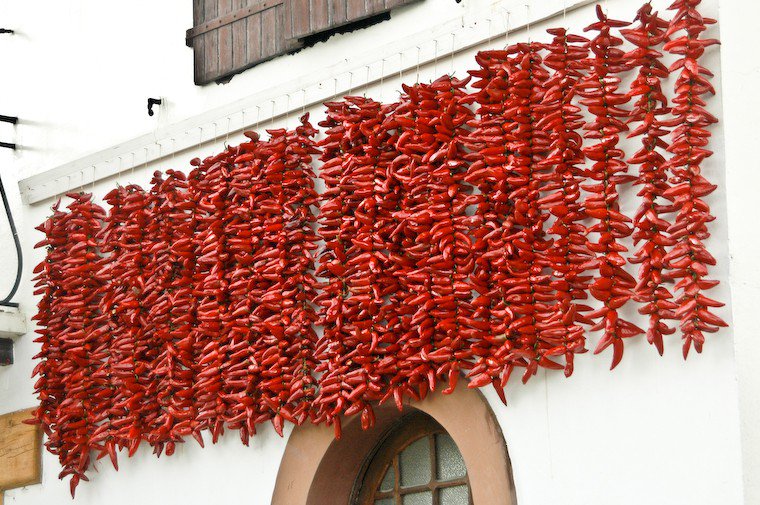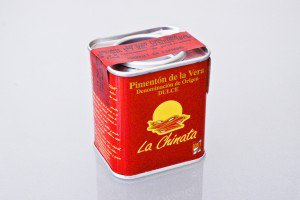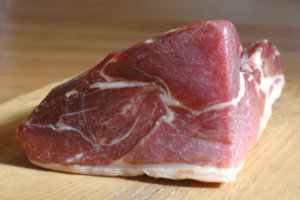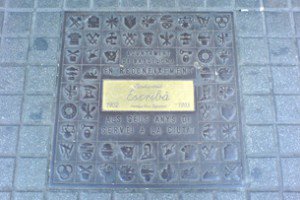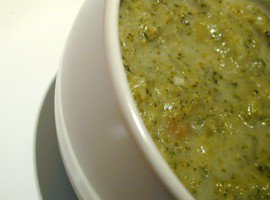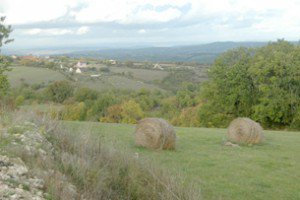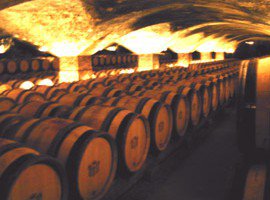Leaving Bayonne, we drove down the Atlantic coast to see Biarritz and Saint-Jean-de-Luz. We stayed in this fair beach city for the night and had a really nice dinner at a modern-Basque restaurant called Olatua — an excellent cod with txorizo and a mighty fine gâteau basque.
In the morning we left and crossed the Spanish border to visit San Sebastián, in the Spanish Basque country. The road to get there was magnificent, offering heart-stopping vistas at every turn of the road — which means it took us an inordinate amount of time to cross the Pyrenees, as we were constantly stopping the car to take pictures, enjoy the fresh mountain air, and say hi to horses and cattle who were grazing idly in the sun and forceful wind. San Sebastián itself was great and we really enjoyed our walk around the narrow streets of the historical center, but the highlight was definitely food-related, as we sat down for a late lunch at a tapas bar called Aralar. We adored the concept of freshly-made pinchos laid out on the bar for us to take our pick: we more or less sampled and shared one of each delicious bite, and particularly enjoyed the tortilla and the octopus — tender, juicy and full of flavor.
The next day took us where I had been dying to go ever since I’d spotted the tiny speck on the map (stamping my feet in the car and having red, cute and spicy visions): Espelette, home of the über-pepper, le Piment d’Espelette (AOC). A lovely village in and of itself — all white houses and red shutters — it was further prettified by the very thing that makes it so famous, strings of Espelette peppers hung up to dry on facades and balconies, inside restaurants and homes.
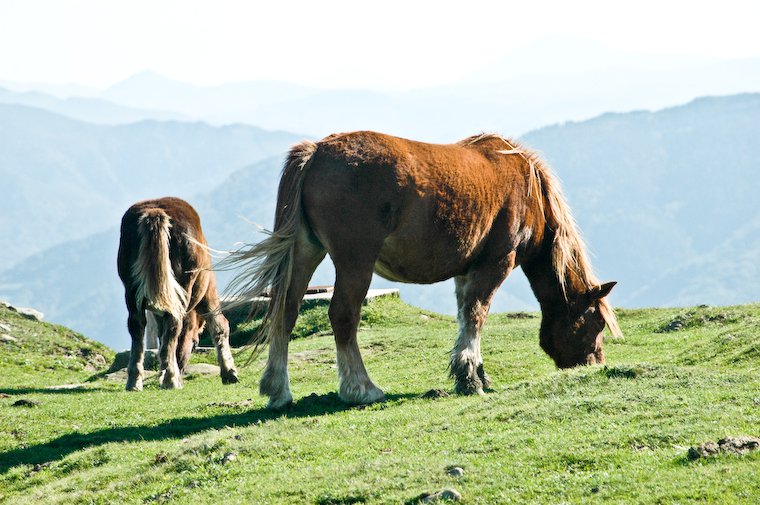
Espelette peppers are harvested over the course of ten weeks, starting in mid-August. They are hand-picked and hand-sorted, before being strung together into the famous cordes (on each string is written the week of harvest), or turned into a variety of condiments — powder, jelly, jam, etc. Once on the string, Espelette peppers can be used immediately while they are still fresh, or at every subsequent stage of dryness, turning from bright red and smooth-skinned to dark crimson and shrivelled. When dry, they can be added into a soup or stew, wherein they will plump back up a little, or they can be ground to a powder with a mortar and pestle.
So Espelette found us indulging in a little shopping: a beautiful corde for our kitchen, which we carried around with extreme care over the rest of our trip; a variety of pepper-derived products, including a marvellously spicy boudin basque; a hunk of the renowned artisanal pain d’épice from the nearby village of Aïnhoa; but also something non-edible (why does that so surprise you, I wonder) in the form of a bottle of perfume (for me) from the artisan-parfumeur Christian Louis.
We also had a memorable lunch at Euzkadi, a typically Basque restaurant where we got to sample a variety of excellent specialties — a piperade (scrambled eggs with tomatoes, onions and bell peppers), fried pig’s ears salad (yum!), an axoa (ground veal cooked with piment d’Espelette), and a stupendous stuffed magret. (See pictures on the moblog.)

Olatua
30 boulevard Thiers
64500 Saint-Jean-de-Luz
05 59 51 05 22
Aralar
10 Parte Vieja
20003 San Sebastián (Spain)
943426378
Euzkadi
64250 Espelette
05 59 93 91 88


